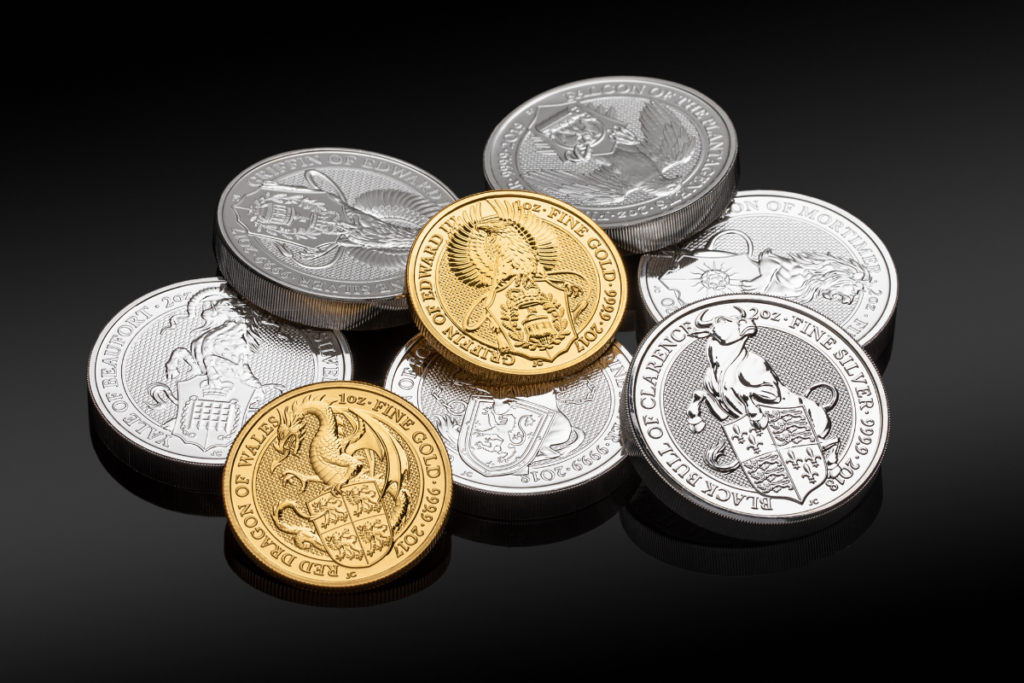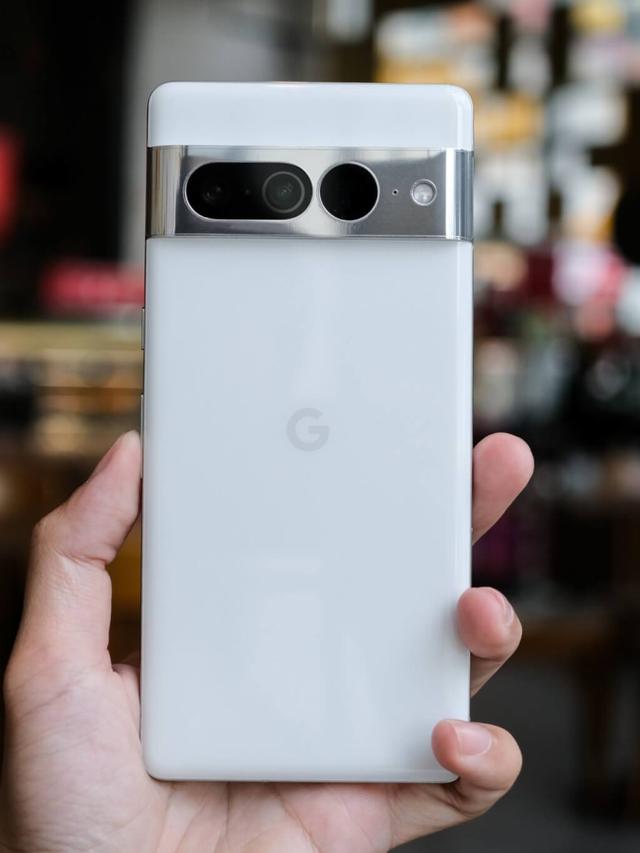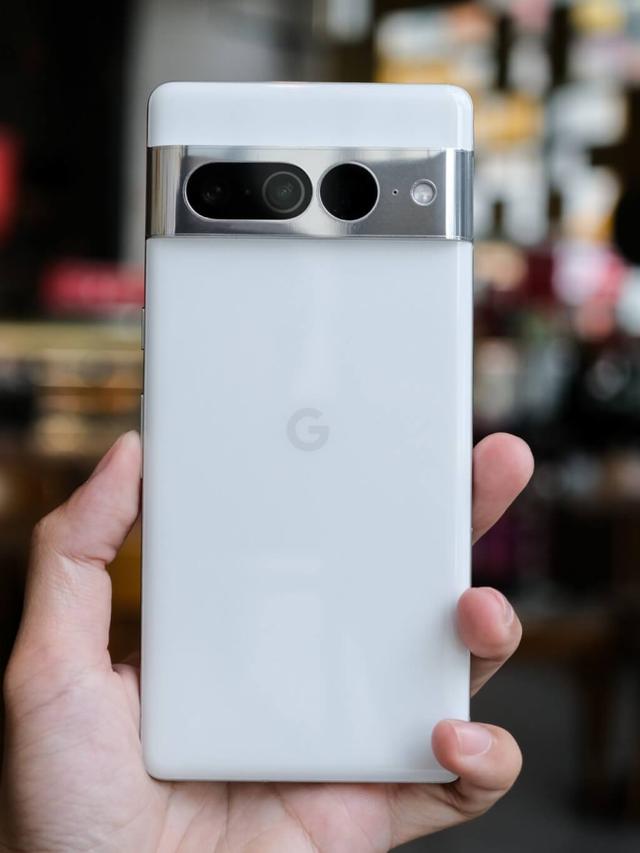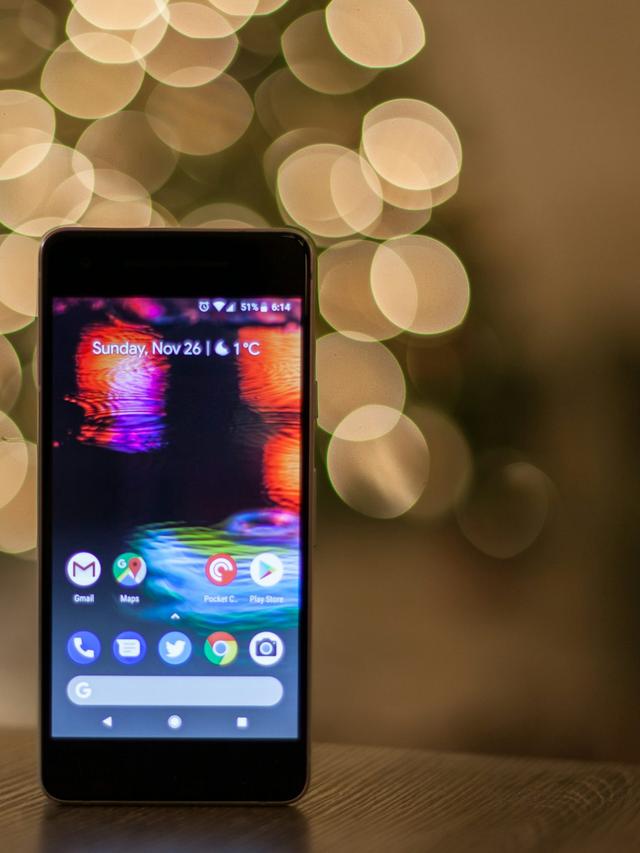The Bicentennial Quarter, a commemorative coin minted by the United States Mint in 1975 and 1976 to celebrate the 200th anniversary of the Declaration of Independence, holds a unique place in numismatic history.
These quarters were not only crafted to mark a significant milestone in American history but also inadvertently became a focus of interest among collectors due to their distinct designs and limited mintages.
This article delves into the rarity evaluation of Bicentennial Quarters, exploring their historical context, design variations, minting processes, and their current status in the numismatic market.
Historical Context and Design

In the early 1970s, the United States was preparing to celebrate its bicentennial, commemorating the 200th anniversary of the Declaration of Independence in 1776.
As part of these celebrations, the U.S. Mint decided to issue a series of special coins, including the Bicentennial Quarter.
The design of this quarter was unique, featuring a colonial drummer on the reverse side, symbolizing the spirit and determination of the American Revolution.
The obverse side retained the familiar portrait of George Washington, the first President of the United States, designed by John Flanagan.
However, the reverse design by Jack L. Ahr captured the essence of the bicentennial celebrations with its intricate depiction of a colonial drummer, surrounded by 13 stars to represent the original 13 colonies.
Minting Processes and Variations

The Bicentennial Quarter was minted in two different varieties: the copper-nickel clad version for circulation and the 40% silver clad version for collectors.
The standard copper-nickel clad quarters were mass-produced for general circulation, intended to be used in everyday transactions.
These quarters bore the same composition as regular quarters but featured the special bicentennial design on the reverse.
On the other hand, the 40% silver clad quarters were specifically minted for collectors and sold in special mint sets.
These sets included both proof and uncirculated versions of the Bicentennial Quarter, distinguished by their mirror-like finish (proof) and regular finish (uncirculated).
The silver clad quarters, due to their limited production and silver content, became highly sought after by numismatists and collectors alike.
Rarity Evaluation and Collectibility

The collectibility of Bicentennial Quarters today is largely influenced by their mintage numbers, condition, and historical significance.
While the copper-nickel clad quarters were produced in large quantities for circulation, their value in numismatic circles is generally tied to their condition.
Uncirculated examples with sharp details and minimal wear command higher prices than circulated specimens.
Conversely, the 40% silver clad quarters are inherently more valuable due to their silver content and limited mintage.
The U.S. Mint produced these coins in smaller quantities compared to their copper-nickel counterparts, making them scarcer and more desirable among collectors.
The proof versions, with their pristine condition and striking appearance, fetch higher premiums in the market compared to the uncirculated versions.
Market Trends and Investment Potential
Over the years, Bicentennial Quarters have gained prominence as collectibles and investment assets.
Their appeal extends beyond their historical significance to their potential as storehouses of value.
Collectors often seek out pristine examples of these quarters to add to their collections, contributing to a steady demand in the numismatic market.
Investors, too, recognize the value of Bicentennial Quarters, particularly the silver clad versions, as a hedge against inflation and economic uncertainty.
The silver content provides an intrinsic value that can fluctuate with precious metal markets, adding another dimension to their investment appeal.
Conclusion
In conclusion, Bicentennial Quarters represent a fascinating intersection of history, artistry, and numismatics.
From their unique designs commemorating America’s bicentennial celebrations to their varying compositions and minting processes, these quarters continue to captivate collectors and investors alike.
Whether viewed as historical artifacts, pieces of art, or sound investments, Bicentennial Quarters offer a glimpse into America’s past while holding potential for the future.
As interest in numismatics grows and collectors seek out rare and unique coins, Bicentennial Quarters stand as enduring symbols of American heritage and craftsmanship.
Their rarity evaluation underscores their significance in the numismatic world, ensuring their continued relevance and appeal among enthusiasts worldwide.







